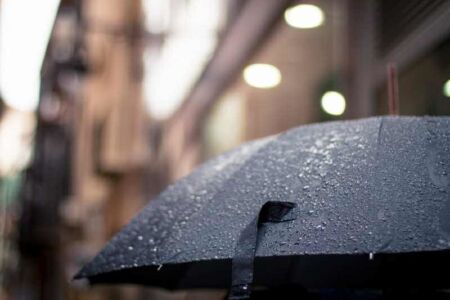
You might associate varicose veins with being on your feet too long, but sometimes the factors you consider last are at the root of the problem.
You may think the development of varicose veins is dependent on common causes like family history or standing all day at work. But in reality, a myriad of surprising factors — including the weather — can elicit harmful changes in blood flow through your veins.
It’s not just any weather that causes complications from varicose veins. Research shows that hotter temperatures tend to aggravate them, as opposed to cases of arthritis, which actually tend to improve as the thermometer reading creeps up.
In addition to the general discomfort we’re all familiar with, hot weather can prove especially problematic for those suffering from varicose veins by sparking the emergence of irritating symptoms like itching, swelling, and cramping in the legs.
But that doesn’t mean you’re stuck inside when the temperature rises. To combat these effects, always make sure to hydrate — which you should be doing anyway in the heat!
Hydrating properly is so important for those with varicose veins because it helps maintain healthy levels of water and salt in your body, specifically by decreasing the amount that you actually sweat. Sweating lowers your internal salt level, which in turn causes your veins to retain more fluid and swell. This swelling allows blood to pool, heightening the effects of varicose veins by making them uncomfortably engorged.
Of course, you can also keep cool by staying indoors and out of direct sunlight. But if you lead an active lifestyle and you’re used to being outdoors a lot, the prospect of staying inside all summer long doesn’t sound too appetizing. Luckily it’s far from the only solution: try exercising regularly, elevating your legs on a routine basis, and eating a balanced diet to keep the blood flowing and your varicose veins under control.
It’s also worth noting that the weather isn’t the only source of heat that can cause a flare-up. In fact, any source at all — from hot baths to heating pads — can heighten the effects of varicose veins. So to stay warm in the winter months without causing unwanted discomfort, consider intensifying your exercise routine when the temperature drops, or at the very least start walking more around your house, apartment, or office throughout the day.
You might have heard before that when you experience a significant change in altitude, you’ll feel it in your varicose veins. In reality, altitude plays a minimal role in the emergence and irritation of these painful and unsightly veins, as the body is generally able to adapt to new elevations and atmospheric pressure levels in relatively short order.
So where does this common misconception come from? Most likely from those who feel discomfort in the legs after boarding a plane. Of course the altitude changes dramatically when you fly, but that discomfort has far more to do with the lack of legroom and excessive amount of time spent sitting.
Regardless of whether it’s the temperature or your elevation that’s rising, the health of your veins is something that shouldn’t be left subject to the elements. So if you’re experiencing aches, pains, swelling, or other vein-related health issues, talk to a vein specialist today. A proactive approach to treating the effects of varicose veins will make for a summer of clear skies ahead.